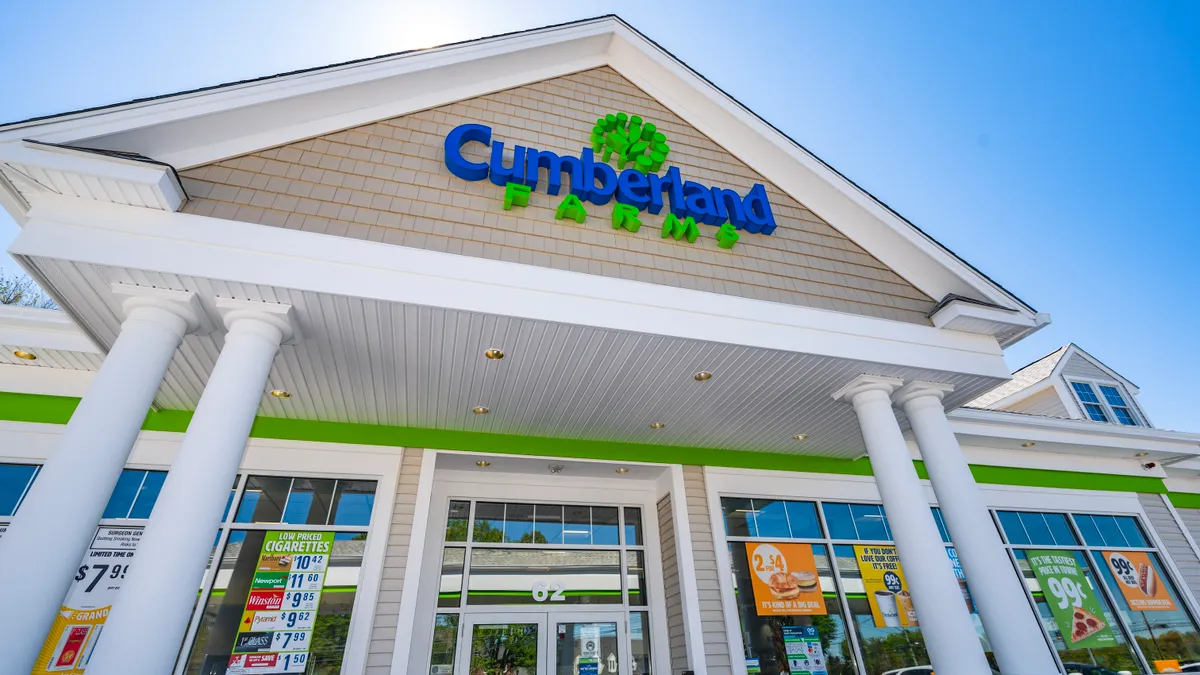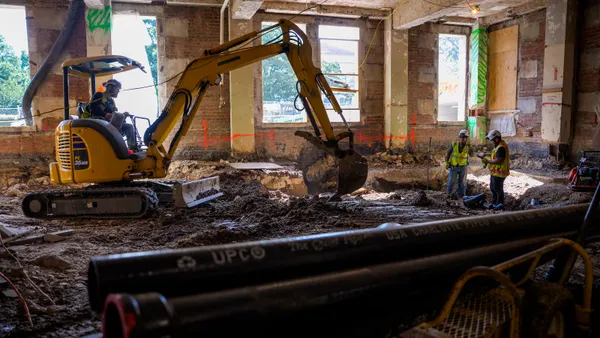Dive Brief:
-
The dollar volume of U.S. sale leaseback transactions — a tool used by financial executives to unlock equity by selling offices or other commercial real estate while still occupying them through long-term leases — fell by nearly half (49%) to $5.125 billion from $10.4 billion the year earlier, according to the latest report on the sector from SLB Capital Advisors, a New York-based real estate advisory firm.
-
The drop in total transactions was less dramatic, falling to 165 in the second quarter from 186 in the year earlier period.
-
This year’s slump in mergers and acquisitions activity is partly behind the slower sale leaseback activity, as many companies use sale leasebacks to help finance deals, according to SLB managing partner Scott Merkle. “M&A’s down so there are fewer sales leaseback transactions,” he told CFO Dive in an interview. “That’s what’s impacting it and that’s what you’re seeing in terms of our transactions.”
Dive Insight:
In the first quarter the dollar volume of sale leasebacks also plummeted year-over year, but that decline was partly attributed to the unusually large $4 billion deal involving the Venetian Resort Las Vegas in February 2022 which inflated the year-earlier period’s volume.
But Merkle said this year’s slump in M&A is having a knock-on effect in the commercial real estate market. The volume of M&A deals worldwide valued at more than $100 million plunged 37% to just 280 during the first half of this year, undercut by rising interest rates and a gloomier outlook for the global economy, CFO Dive previously reported.
In addition, rising rates have pushed up cap rates, a gauge of the yield that a buyer of real estate property will achieve calculated by dividing a property’s net operating income by its purchase price.
“When cap rates are low that’s the optimal time to monetize real estate and if cap rates are high it’s less attractive,” Merkle said. “Cap rates have been rising over the past 18 months and have continued to rise over the past two or three months. That’s not conducive for the best market environment.”
Still, Merkle said that sale leaseback arrangements merit consideration because the cost of the capital is still attractive in the current high rate environment.
During the quarter the largest transaction was San Diego, California-based Realty Income’s $1.5 billion deal to acquire up to 415 single-tenant convenience store properties located in the U.S., from EG Group, an independent convenience retailer based in the U.K. The deal had an estimated cap rate of 6.9%, according to Realty Income release. The stores included many branded Cumberland Farms locations.
The deal also helped boost the retail sector’s share of sale leaseback transactions in the quarter. Retail companies executed 34% of the U.S. sale leaseback transactions closed during the second quarter, up from 22% in the year-earlier period, according to the SLB report. Industrial deals, while still the largest sector driving the transactions, saw their share of activity tick down to 39% from 53%, and the office sector’s share dropped to 2% from 5% which the healthcare sector’s piece of the pie inched up, rising to 10% from 5% in the year-earlier period.














